Custom Cards – Personal Projects – Commissioned Work
Presidential Superfractors
I made beautiful customs for SuperBreak’s Pieces of the Past!

Matt “Doc” Perry
July 28th, 2020
So, to really tell this correctly, we need to back in time a bit…
Back before the Coronavirus was really a problem. Back to January 2020. I had received an email through the contact form (yes, those things actually work, and actually send mail, and I actually read it!) from Adam at SuperBreak. For those that don’t know, Adam and Scott run SuperBreak Sports. They make absolutely top shelf repack boxes and breaks. Mike Trout rookie along side a Micheal Jordon autograph and a Tom Brady patch card. Those sorts of boxes. After I watched a few box breaks on YouTube I was pretty convinced they were putting together some really nice stuff for collectors. They had contacted me about working on a card set for them. They had seem my posts about my custom cards, the superfractors in particular.
In addition to sports boxes, they also have a couple lines of historical relic/autograph based cards called “The Bar” and “Pieces of the Past”. It was the Pieces of the Past that they though some 1/1 Superfractors would be a really interesting addition to. I decided to jump on the opportunity to work with actual card industry people, and take my customs from “fun little personal projects” to actual “real” cards, in the sense that they’d some day be pulled from boxes and packs, and appreciated by other collectors.
The idea was to make a full 45 Presidents card set, each a 1/1, using the metallic superfractor material.
I started by working on designs. I actually had a pretty good idea of what I wanted design wise right off the bat. I wanted something clean and simple that really showed off the metallic material. After a couple rounds of mockups I had settled on an early 20th century sort of look to keep it “historical”. Kind of an inverted Gypsy Queen sort of thing with a badge signifying the number of the presidents and the date they were inaugurated.
From there I knew, from making my previous refractors, that I needed to work out the printing (backwards on transparency) and to get the airbrushing just right. I decided this would be the perfect opportunity to refine the process as well. I wanted to make sure, not just for myself anymore but now for fellow collectors, that the cards I was making were the best quality and used as much archival material as possible. I went on a search for acid-free card stocks, the highest end transparency sheets, and archival fixatives and sprays.
One of the most important things about these was going to be consistency. If I was making a 45 card set, I didn’t want 44 different ways they were being made, or sprayed, or glued, etc.
So, using materials I still had around, I started on some tests. Some went well.
Others not so much.
Here’s a good picture where you can tell the difference between an early test, and the final product. In this one, I used cheap transparencies and ink, and didn’t spray with the fixative before airbrushing. You can see the “print lines” and ink drop pattern (look around Georges chin). These are almost invisible in the final products (end of this post).
I also needed a serious upgrade in tools. Goodbye cheapo Harbor Freight airbrush, hello professional Iwata.
Early tests also showed me that I had two choices when airbrushing if I wanted to avoid overspray on cards other than the one I was working on. I either had to cut up the sheets one at a time, or cover up the additional 5 (out of 6) somehow. I decided to invest in a small light table, so I could cover up the cards safely, but still see what I was working on. It ended up being a game changer in terms of airbrush quality and control.
After I was confident in the methods, it was time to start cranking out some cards. First, I needed to actual design them, and source images. Fun fact, the official portraits of the president are public domain since technically they were paid for with public tax dollars. The people own them, and can use them. So, I went strait to the Library of Congresses digital archives and grabbed the highest res images that were available.
After that it was printing time! Sadly, I also had issues with the printer towards the end, it barely made it through the process and I ended up recently getting a new one (more on that later). I had to switch from 6 cards per sheet, to 4 cards per sheet. That meant I had less margin of error and needed additional transparencies. I’m glad I changed that in the end, as it seemed to be right amount of “backup prints” due to margins of error. For every 1 perfect card, it might have taken me 2 airbrush attempts to get it just right, and 1 left over in case of cutting/trimming mistakes (which certainly did happen).
As I mentioned before, I also wanted to spray everything I was making with archival fixative. At one point my garage art-studio looked like a laundromat. The spray was used for two reasons. Primarily it was used to “fix” the notoriously fragile inkjet ink to the material, while providing anti-aging and anti-yellowing UV resistance. It was also necessary to create a smoother, non-porous surface for the airbrush paint to stick to. Here’s a good example of what happens when you don’t spray it.
The bottom portrait on this sheet was sprayed, the top was not.
This material is designed to “soak” up ink, and if it’s not “closed” by a spray, it’ll soak up the paint as well, and eventually crack. So, there ya go, pro-tip if anyone is ever crazy enough to try this at home (besides me).
It was about this point when I remembered, “Oh yeah, real cards have backs…”. You see, when I make custom cards, part of it being “art” and not an actual production card mean I typically leave the back blank. Literally just blank card stock that I usually sign, or put a sticker on saying it’s a custom art piece, etc. This created another problem. How was I going to put “1 of 1” on these?
The answer, it turned out, would involve scanning, and hot foil pressing. My vinyl cutter, which up to this point hadn’t been involved with the process, was called into action due to it’s PixScan mat and technology. After printing the card backs, I was able to get accurate registration by scanning the mat and using the alignment dots to line up my hot foil press. Yes, I now own a hot foil press. Don’t judge, lol.
It took several tries, but eventually I got it down and it started making some really sweet foil transfers. Nice and clean “1 of 1” in legit gold foil. My only regret is not figuring out how to put it on the front. Unfortunately hot metal and thin plastic don’t really work well. Many a card was lost in early testing. Oh well, on the back works well, and is considerably safer.
After that, it was assembly time! Layers and layers of stuff, sandwiched together and pressed, followed by the most nerve-wracking trimming I’ve ever done. I’ve trimmed thousands of photos in my lifetime, most for really important things like clients and wedding albums. This was a whole other level.
The guys at SuperBreak were generous enough to supply me with a large cutter that made the cutting go much faster. Actually, they furnished me with a large portion of the supplies in general. They were awesome to work with! Whatever I needed to make the best cards was what they wanted to send me. That kind of support, from an artistic perspective, is very hard to find, and incredibly appreciated.
In the end, I think I was able to make some really nice cards. I watched as Go GTS Live pulled one on a live stream and thought it was really cool. I’m so happy other collectors like them and appreciate them.
I had waited to post this until I knew the product had been released, I didn’t want to spoil the surprise, and then Covid happened and everyone’s schedules went all crazy and honestly the time has just gotten away from me. These cards are out there in the wild now, and are available in Super Breaks’ Pieces of the Past boxes if you’re lucky enough to pull one. I don’t know what the pack odds are, but I can only imagine they’re hard to pull. I think you can buy boxes on Blowout Cards or GTS.
That’s about it. All I can say is that it was a pleasure working with Adam and Scott, so much so that we have several more projects in the works, most of which I can’t talk about because they’re seriously next level awesome and I don’t want to spoil the surprise. Let’s just say that we’ve got some stuff planned involving some HUGE names. No spoilers 😉
Here are a few more photos of the finished cards.

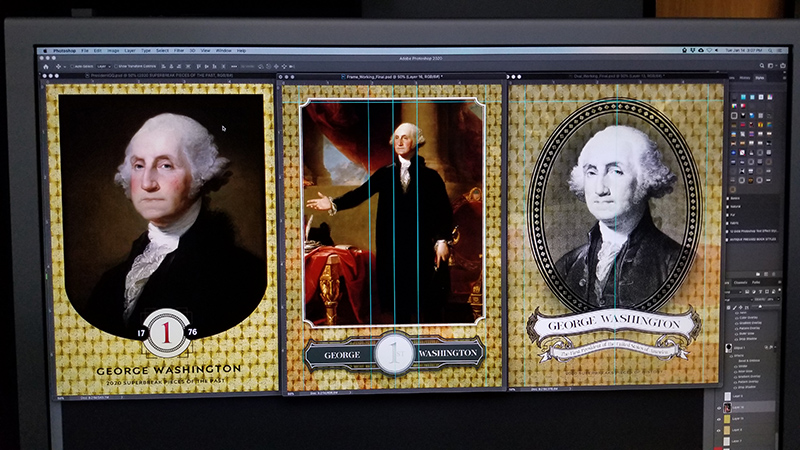
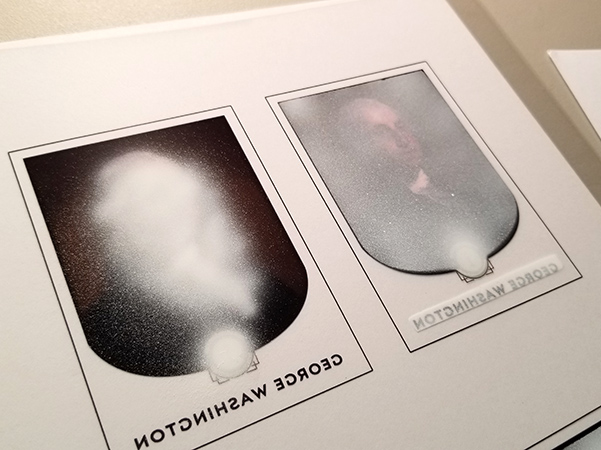
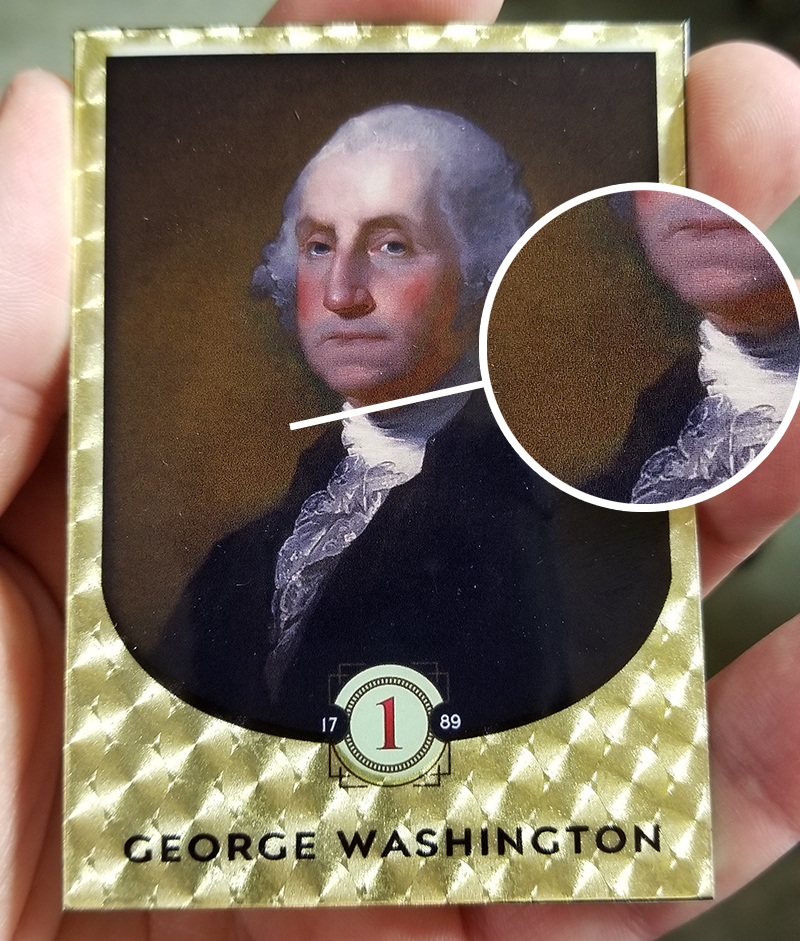
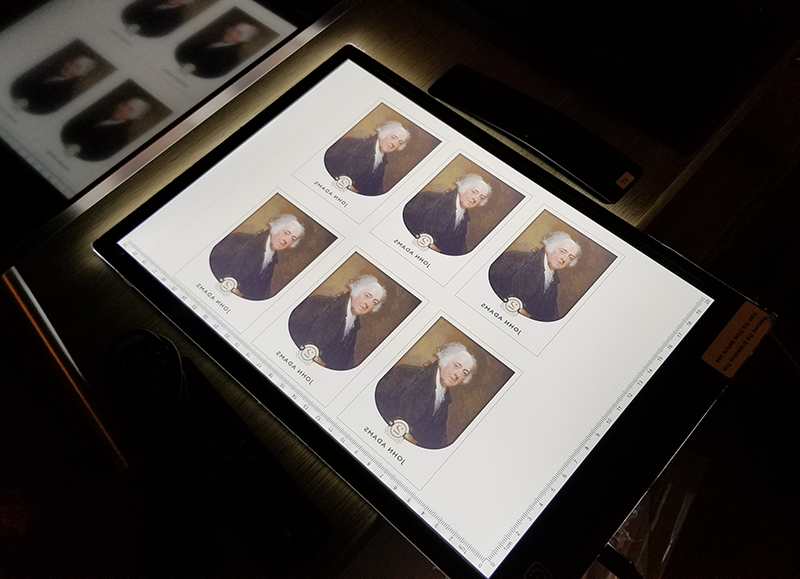
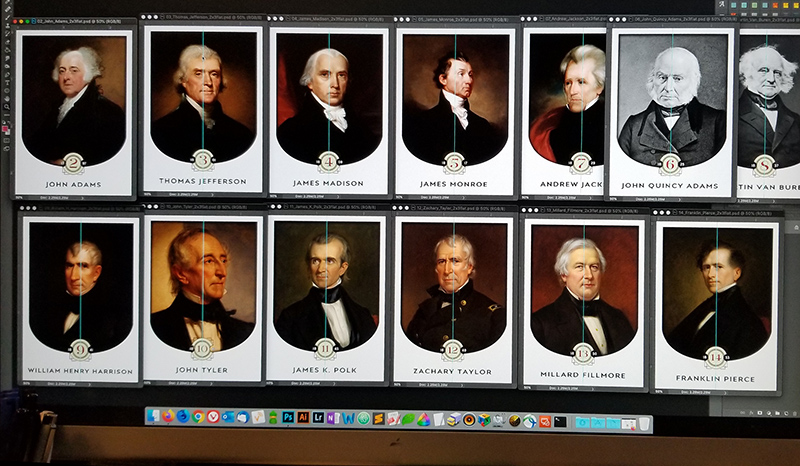
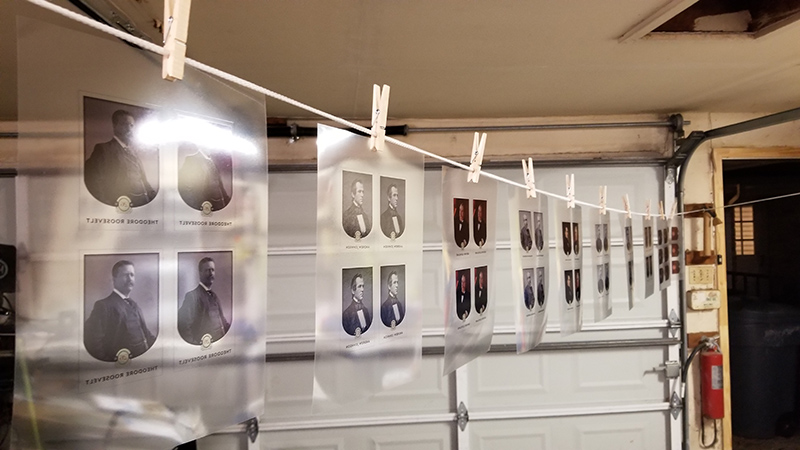
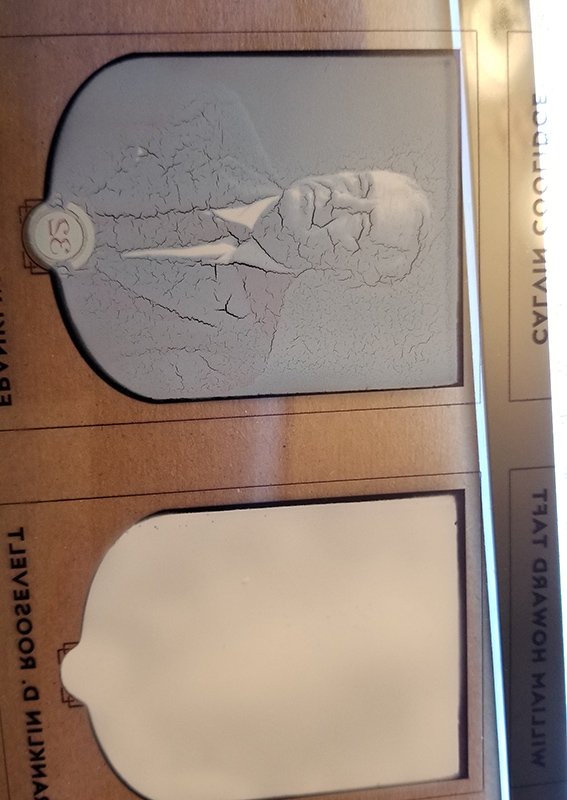
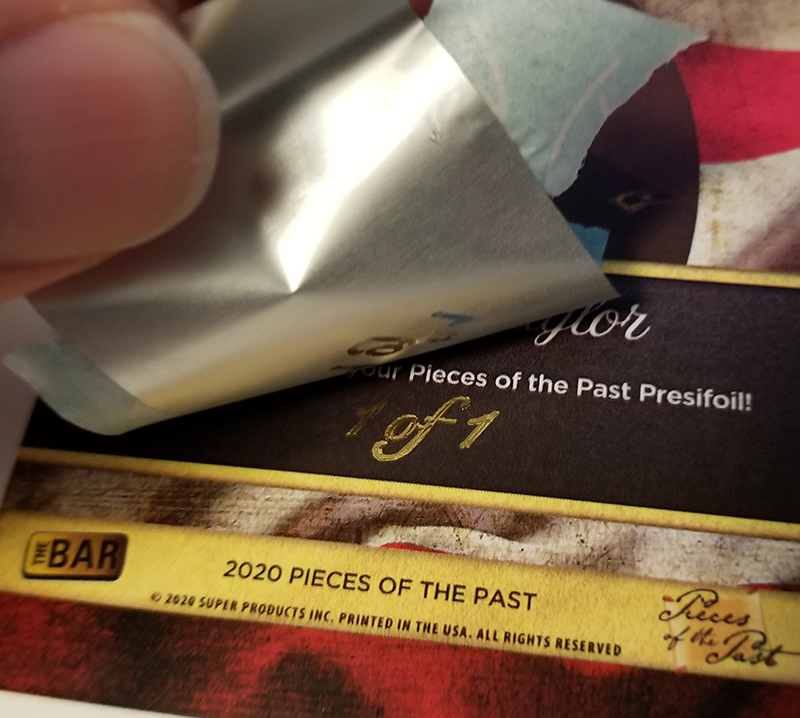
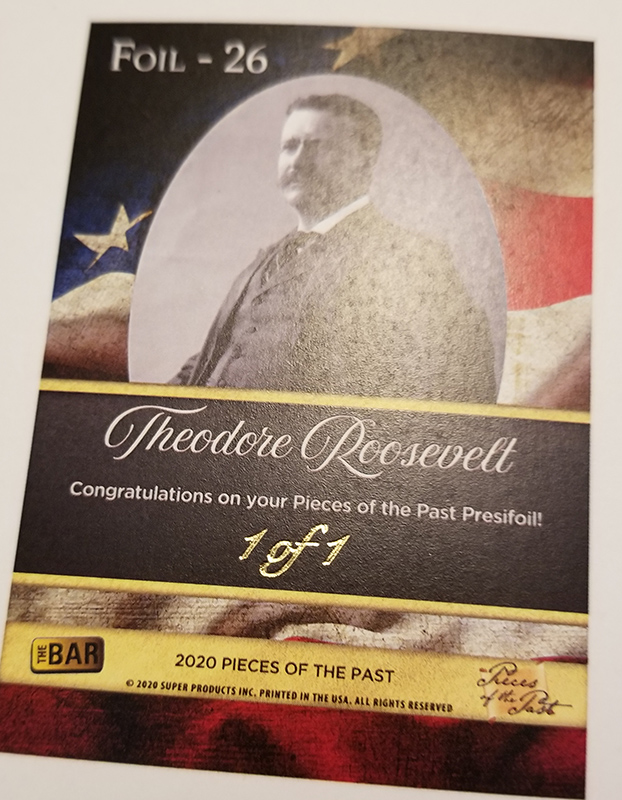
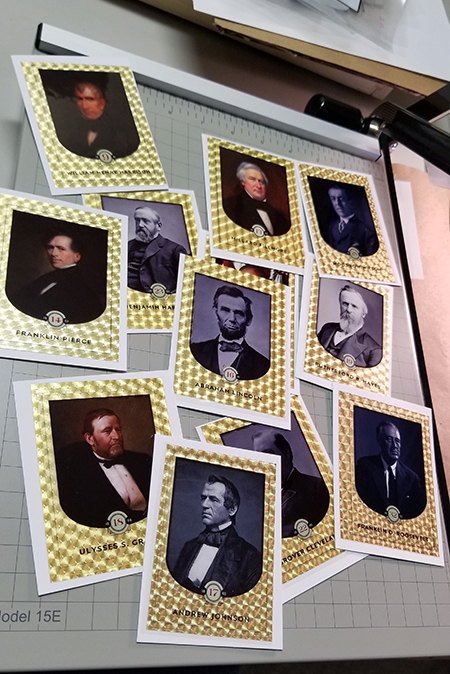
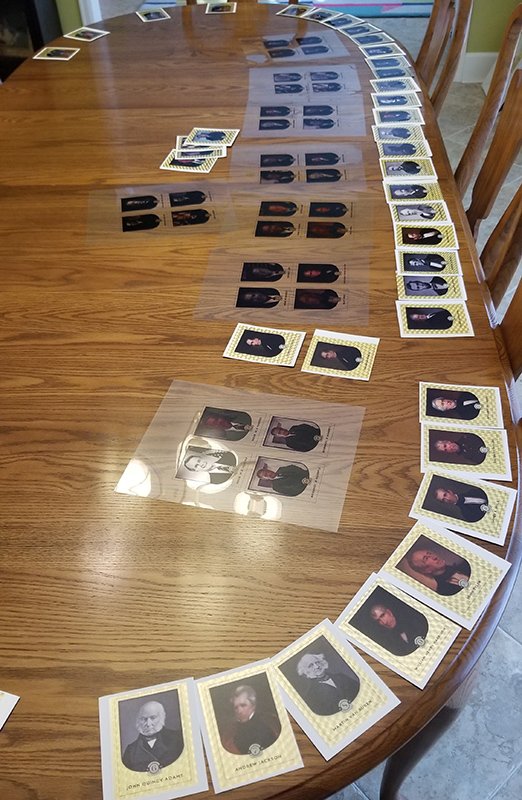
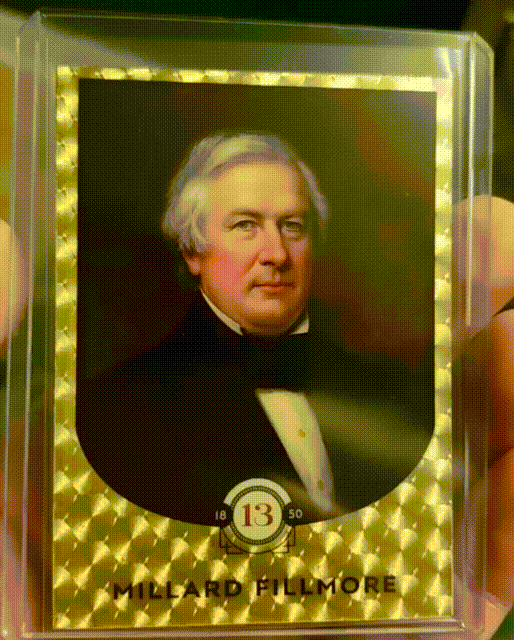
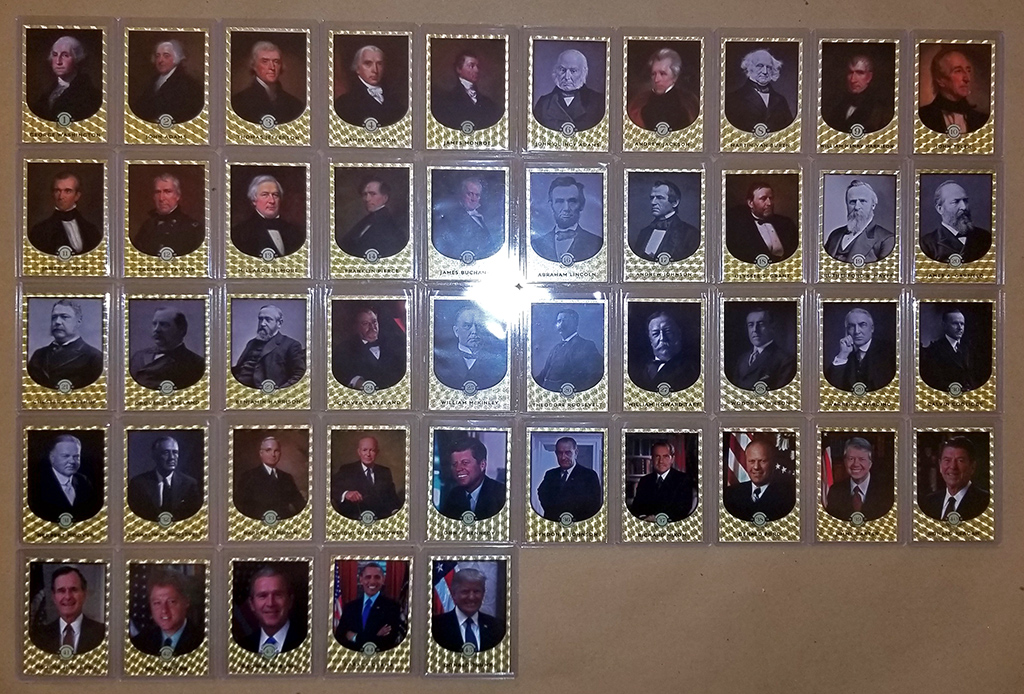
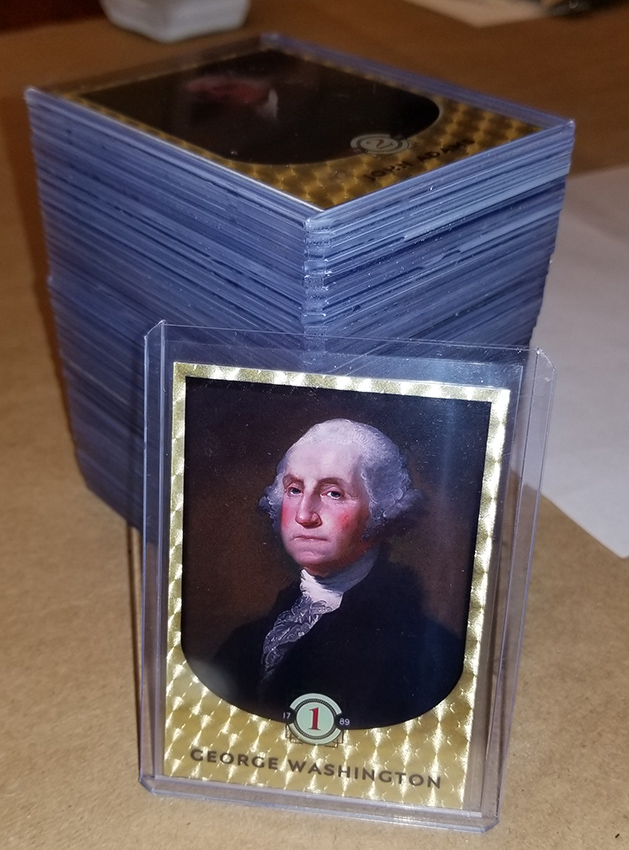
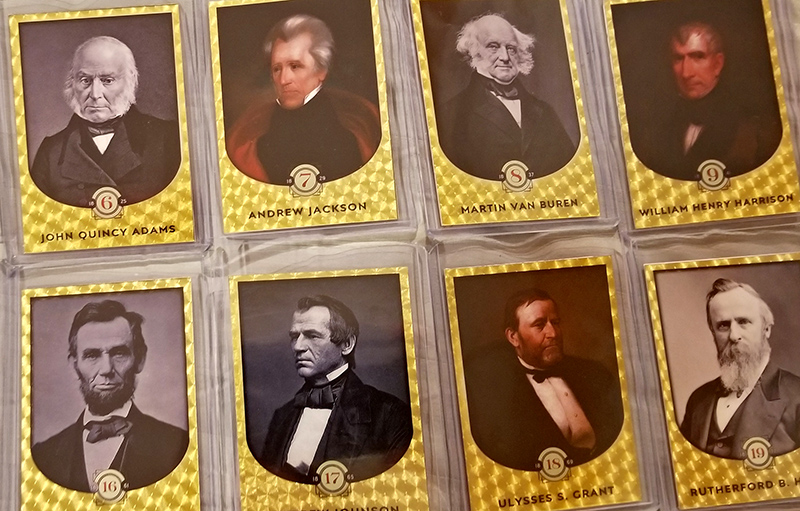
So excited to see this! Congrats man!
Sorry I missed this post. These look awesome!! Really impressive.